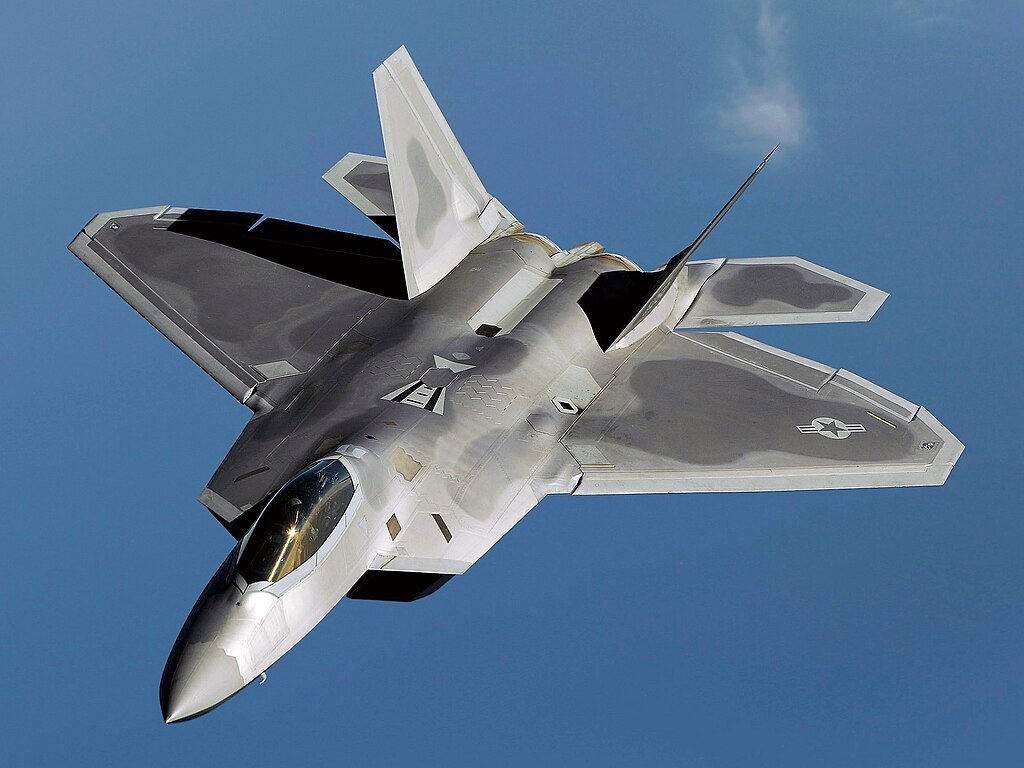
Why would a fighter jockey turn up the air conditioner while flying through an Alaskan winter? Of course, this would appear to be utter nonsense at first glance: thousands of feet above the tundra, with outside temperatures plummeting down to -50°F or lower, yet within the cockpit, a pilot cranks the cold higher still. But this counterintuitive practice is not some weird quirk but a calculated survival tactic born from decades of operational wisdom.
The latest fighter jets – the F-22 Raptor and F-35 Lightning II – were all designed to fly in extremes, from desert heat down to polar cold. But the human body has its limits, and that transition from a warm cockpit into such an unforgiving arctic environment can be dangerous. As pilots say, “Dress to egress”-in other words, dress in preparation for that moment when you might have to eject or land in hostile conditions. In Alaska, that means chilling down before touchdown. The following list looks at the unexpected methods, advanced systems and principles of survival which make cold-weather fighter operations possible-and why some of them run contrary to common sense.

1. The ‘Dress to Egress’ Survival Mantra
The general rule of thumb for flying over Alaska is pretty simple: from the instant a pilot steps out of an airplane he should be prepared to survive. That is, “Dress to egress” rather than for the inside climate of the cockpit. In arctic conditions this generally means multiple layers of insulated clothes-even if it’s uncomfortable to fly that way. Former USAF A-10 driver Lynn Taylor says it is just like sitting in a sauna with heavy cold-weather flying gear on in the sunlit cockpit. Running full cold air conditioning prevents overheating, acclimatizing the body to minimize thermal shock when stepping into sub-zero air to help preserve situational awareness in emergency circumstances.
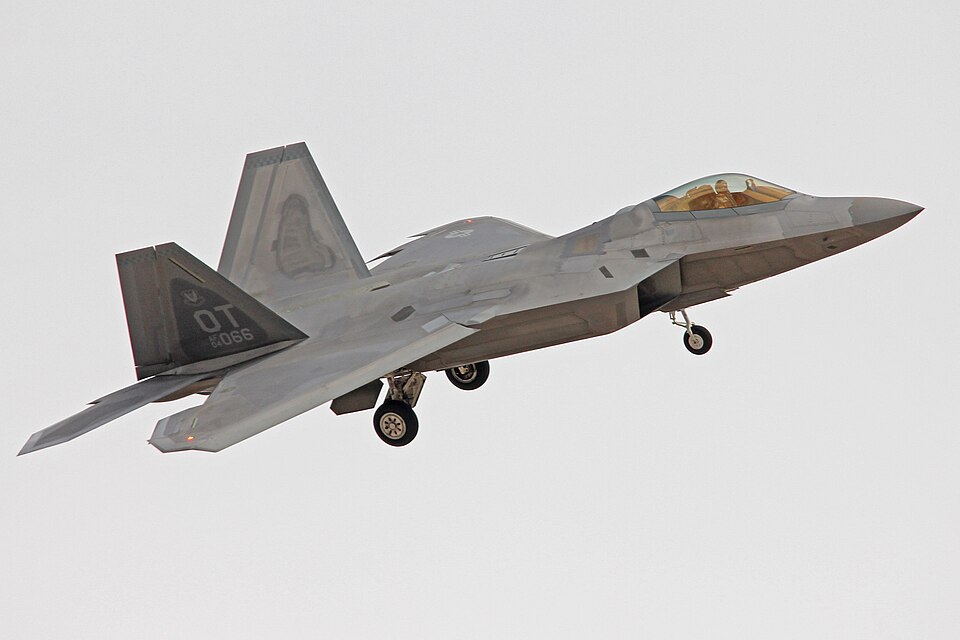
2. Environmental Control Systems That Can Withstand Extremes
Modern fighter aircraft use a very sophisticated ECS, which monitors and controls the cockpit environment. Engine bleed air is tapped at 2,000°F off the engines of the F-22. After passing through the heat exchanger it cools the air and delivers chilled dry air to both the pilot and the avionics. The system also provides for canopy defogging, cockpit pressurization as well as fire protection. Unlike older jets, the F-22 uses liquid cooling of its mission avionics, maintaining sensitive electronic temperatures at a consistent 68° Fahrenheit. These integrated systems let pilots adjust the cockpit climate to fit the demands of an operation, whether countering desert heat or practicing arctic egress.

3. Fighting Cockpit Heat Even in Winter
Despite the frigid outside air temperature, the cockpit can become oppressively hot. Bubble canopies magnify solar radiation, raising cockpit air temperatures over 50° C in direct sun. Layers of flight gear, oxygen masks and G-suits trap heat, adding to the thermal load. In Alaska, many pilots run the AC not only to prepare for survival but to offset the heat from avionics and sunlight. Cooling prevents dehydration that impairs G-tolerance up to 1.0 G and maintains cognitive performance during high-stress missions.
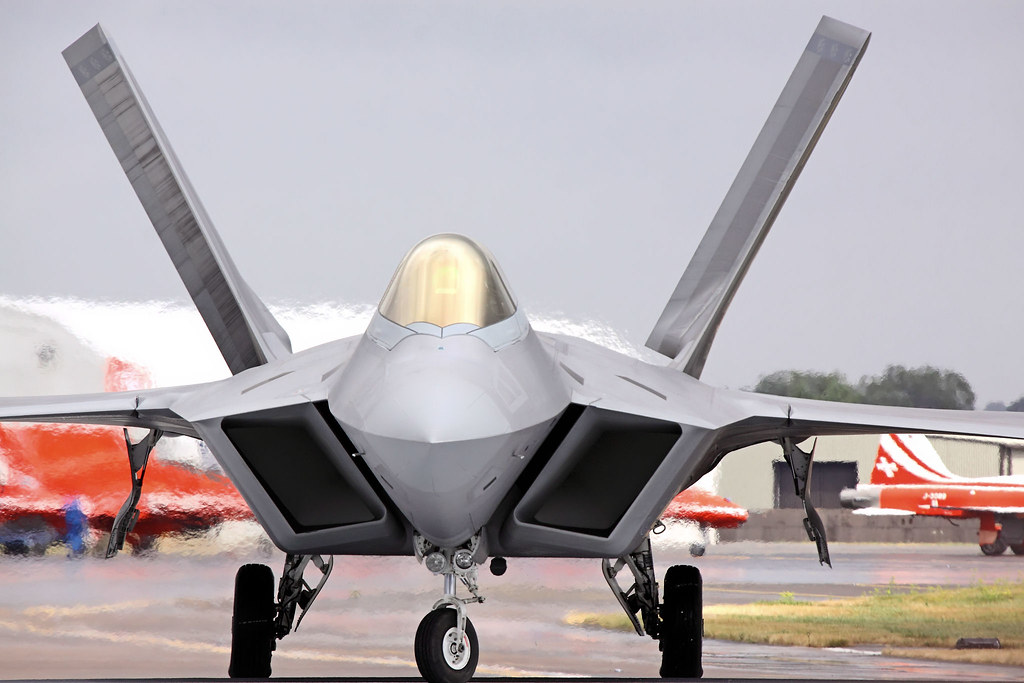
4. Cold-Weather Landing and Braking Tests
It’s not so much the operating in cold; it’s the certainty in knowing that the jet will act as it is supposed to on an icy runway. At Eielson AFB, the F-22 underwent three weeks of testing aimed at validating its braking system on ice. Under simulated conditions with low runway friction, engineers measured stopping distances at temperatures as low as -13°F. Tests showed the Raptor’s anti-skid system, which Major Jack Fischer described as “an anti-lock brake system in your car, but on steroids,” could stop safely on slick surfaces. Tests also provided valuable data to update flight manuals and cold-weather procedures for operational squadrons.
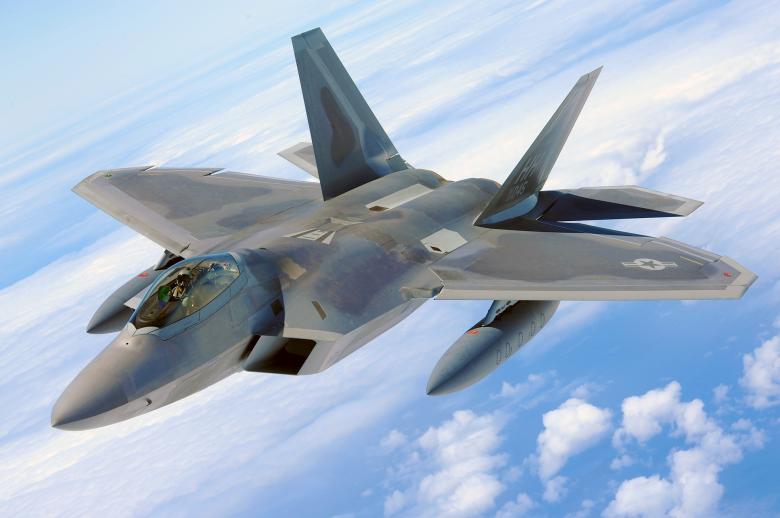
5. Forward Area Refuelling in Arctic Conditions
In 2025, the Air Force executed its first extreme cold-weather FARP exercise with fifth-generation fighters: special tactics airmen secured a remote Alaskan airfield and refueled F-22s and F-35s using MC-130J Commando II aircraft. As Col. Robert Davis said, it is “a critical element of agile combat employment” that allows fighters to extend missions deep into contested territory. Practice in -8°F conditions ensured crews could conduct FARP operations in even the harshest of climates..
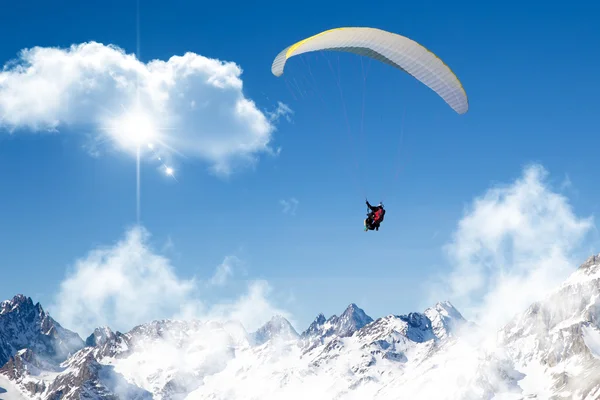
6. Survival Priorities After Ejection
If a pilot ejects over Alaska, rescue is likely to take much longer than anticipated. According to FAA statistics, the average elapsed time from last known position to rescue for IFR flights is 31 hours. Injuries are common and mobility may be limited. Survival instructors stress the “law of 3’s”: the order of operations to seek protection from the elements, to signal for rescue, and to get water before worrying about food. Staying with the aircraft, starting a small signaling fire, and using equipment such as heliograph mirrors or strobes can make the difference between life and death.
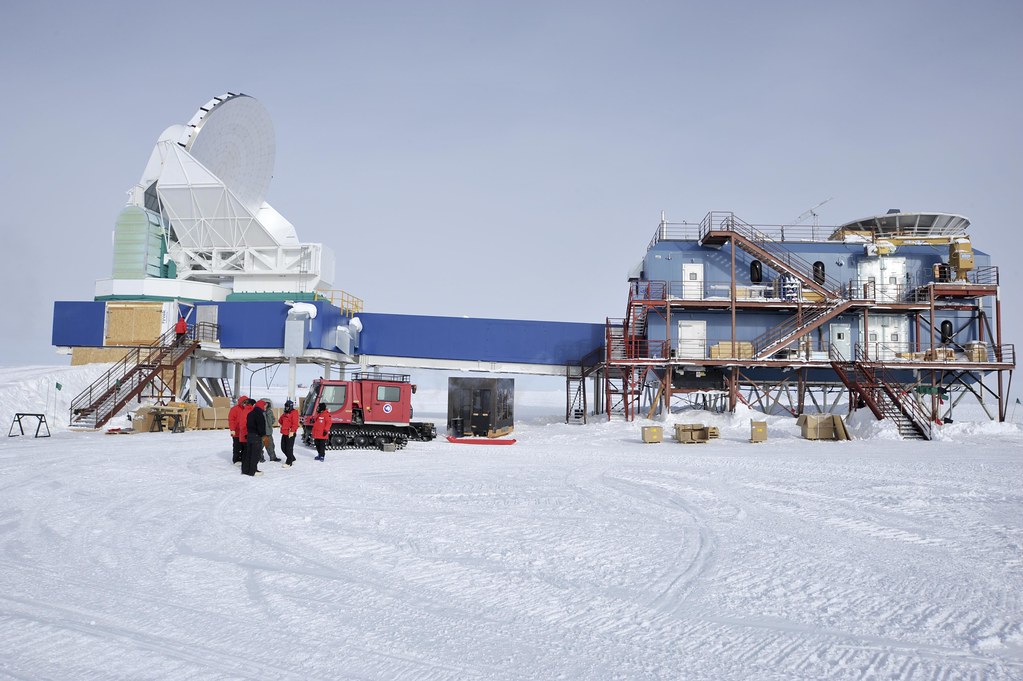
7. Training for the Worst-Muscle Memory in Survival Skills
Survival training is not about comfort; it’s about instinctive response under stress. Instructors advise practising fire starting, shelter construction, and signalling under adverse conditions: cold, wet, tired, and hungry. It is strongly recommended that pilots flying in these conditions carry personal locator beacons, know emergency radio frequencies, and practice survival checklists. “Knowledge weighs nothing,” said one veteran instructor, but in the Arctic it can be the heaviest factor in survival.
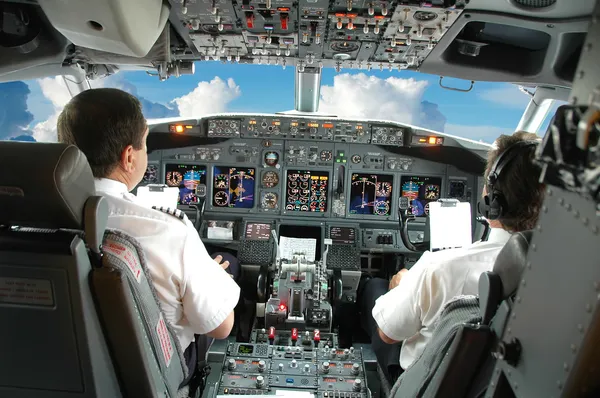
8. Managing Heat Stress to Preserve Combat Performance
Even in cold climates, heat stress degrades vigilance, memory, and decision-making. Research into Israeli helicopter pilots corroborates that high cockpit temperatures decreased cognitive performance independent of fatigue or dehydration. The mitigation strategies include pre-cooling the aircraft, avoiding exposure to the sun before flying, and staying hydrated. These measures not only prevent heat illness but also preserve muscular endurance for anti-G maneuvers, critical in high-performance combat jets.

9. Integrated Safety Features for Arctic Operations
The design of the F-22 includes safety features to support its cold-weather mission. Anti-skid carbon brakes, weight-on-wheels sensors, and battery-powered gear indicators ensure the landing is smooth even in case of emergencies. OBIGGS prevents fuel tank explosions in case of battle damage-a very important safety factor. These redundancies reduce pilot workload and enhance survivability when landing on an icy runway or refueling in a remote snow-covered strip. Cold-weather fighter operations demand more than engineering excellence; they require pilots to think ahead, prepare for the worst, and sometimes employ tactics that run counter to instinct.
Blasting the AC in subzero conditions may seem strange, but in the unforgiving Arctic, it’s a calculated move that aligns human survival with machine capability. Advanced braking systems and survival training that builds muscle memory are but a few of the practices that make sure pilot and aircraft can perform-and endure-when the mission takes them into the world’s harshest skies.


